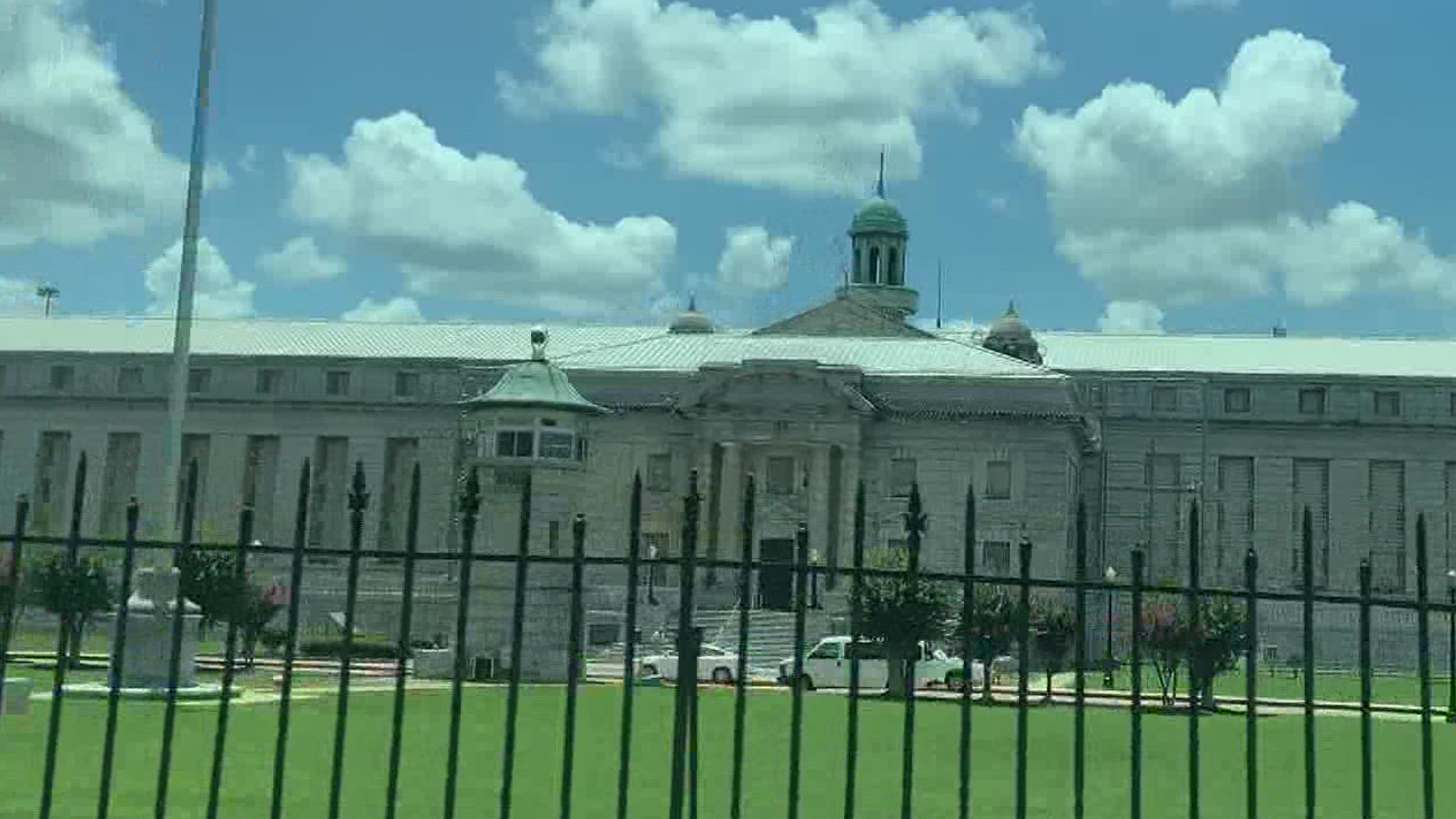ATLANTA — A hearing in Congress on Tuesday shined a national spotlight on Atlanta’s federal penitentiary – but property developers around the center have taken notice for years.
The gothic penitentiary monolith is a looming afterthought to many developers and residents who have discovered that life can be fruitful in this southeast Atlanta neighborhood.
"The location, number one," Jacob Mills said, who found a place with a nice view of downtown. It's just a few blocks from the federal penitentiary, about a mile from the zoo and within eyeshot of the Atlanta Belt Line.
"It's easy to get anywhere into the city, and pretty much everything I need is within a four-mile radius," said Mills, president of the Chosewood Park neighborhood association.
Yet the southeast Atlanta neighborhood still has plenty of battered and abandoned property – and more than its share of poverty.
Census data shows the zip code surrounding the penitentiary has a per capita income 40% below the rest of the metro area.
Its poverty rate of 34.2% is more than double the rate statewide.
But it also shows that 57% of single-family homes have been acquired here since 2010. That’s below the city average – but shows newcomers are finding their way into the neighborhood. That's changing its character, said Mayra Martinez, an Agnes Scott College student.
"I’ve lived here my entire life," Martinez said. "My family and friends, a lot of them have moved out because of the rising rent prices. They can’t afford it."
Mills said the neighborhood surrounding the federal penitentiary is adapting to development that’s often too rapid, raises property taxes too quickly for some legacy residents, and overpowers the existing streets and storm drainage.
"We have a lot of new developments. The challenge is it's growing too quick and not having the infrastructure to support it," Mills said. "We want responsible developments."
Some residents hope the penitentiary will downsize its footprint and make it more neighborhood-friendly. The question is what would happen next – in a neighborhood where developers are hungry for available land.

